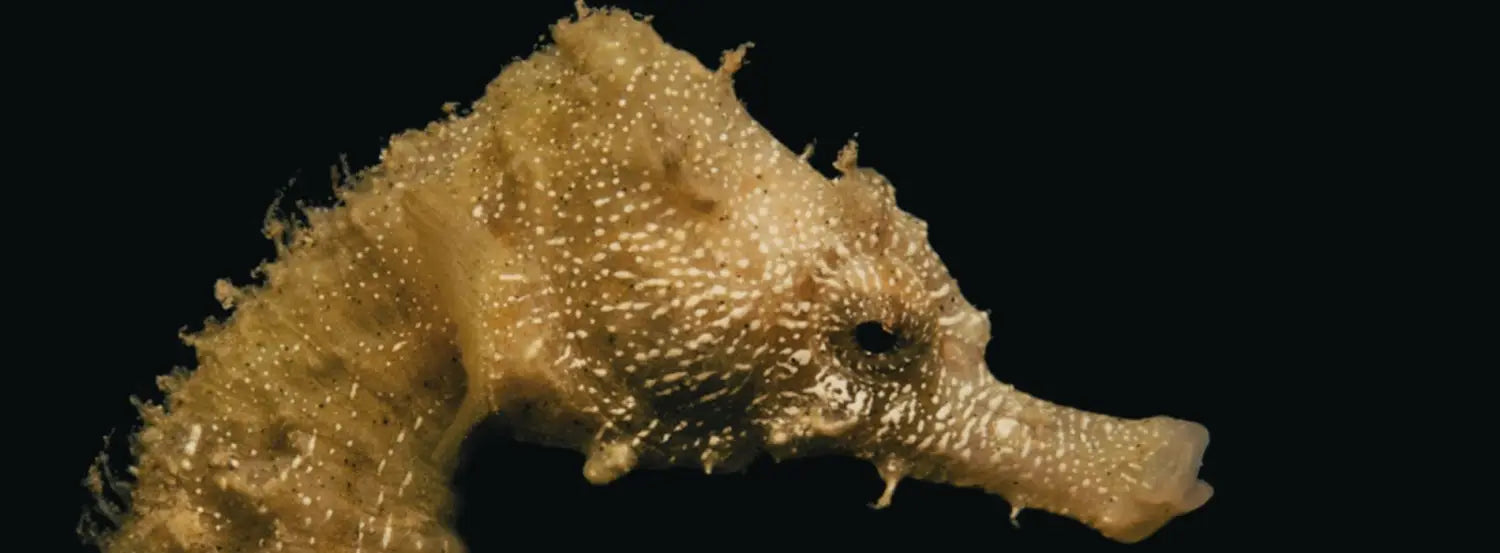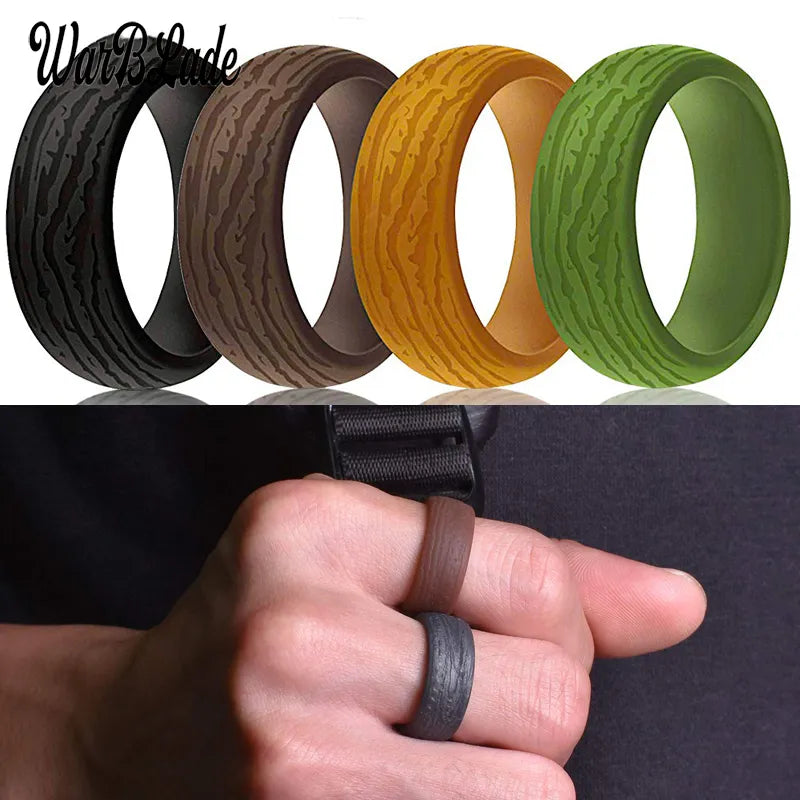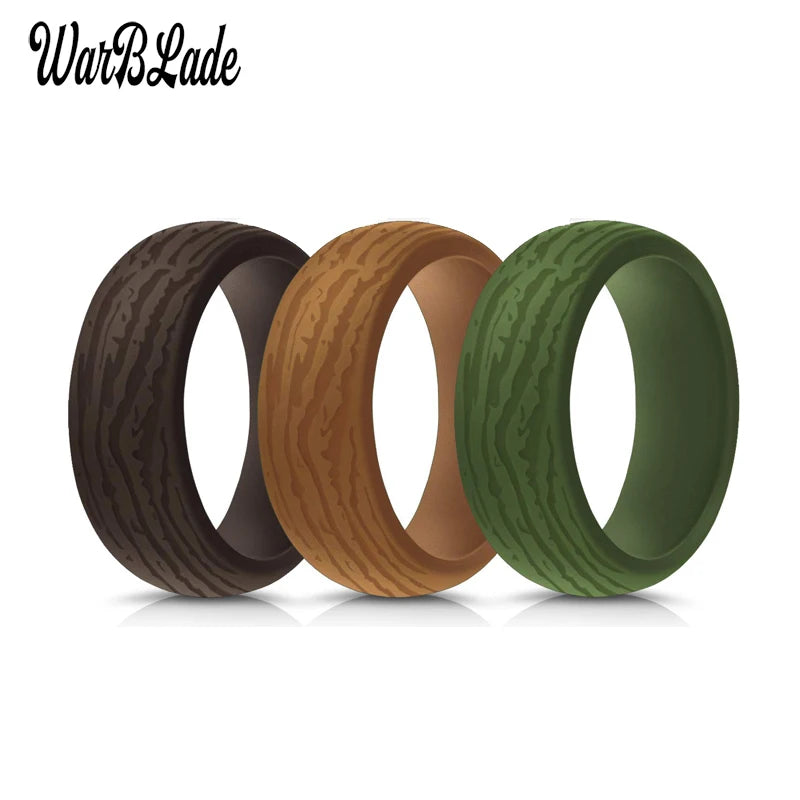Habitat: Where Seahorses Call Home
Seahorses can be found in shallow tropical and temperate saltwater environments across the world. They prefer sheltered areas such as seagrass beds, estuaries, coral reefs, and mangroves. Some species are found in Pacific waters, while others inhabit the Atlantic Ocean. European waters, including the Thames Estuary, have also been discovered to have seahorse colonies. In the Mediterranean Sea, three species of seahorses can be found: the long-snouted seahorse (H. guttulatus), the short-snouted seahorse (H. hippocampus), and the sea pony (H. fuscus). These species establish territories, with males staying within a limited area while females range over a larger space.
Description: The Equine Wonders of the Sea

Seahorses range in size from 1.5 to 35 cm, and they are named for their equine (horse like) appearance. They have bent necks, long snouted heads, and distinctive trunks and tails. Unlike most fish, hippocampus do not have scales. Instead, they have thin skin stretched over a series of bony plates arranged in rings throughout their bodies. The number of rings varies among species, making each seahorse unique. These bony plates serve as armor, protecting seahorses from the ocean's predators.
Seahorses swim upright, using their dorsal fin for propulsion. Unlike their close relatives, the pipefish, seahorses do not have a caudal fin (a tail fin) and swim vertically. They steer using their pectoral fins located behind their eyes. Their prehensile tail, composed of square-like rings, allows them to anchor themselves to objects in their environment. This tail can be unlocked only in extreme conditions (to survive for example). Seahorses are masters of camouflage, able to change their appearance and grow spiny appendages to blend in with their surroundings.
Evolution and Fossil Record: Tracing the Origins of Seahorses

Seahorses are highly modified pipefish, as supported by anatomical, molecular, physical, and genetic evidence. The fossil record of seahorses is sparse, with the best-known specimens dating back to the Lower Pliocene, approximately 3 million years ago. The earliest known seahorse fossils are from the middle Miocene, about 13 million years ago. These fossils provide insights into the evolution of seahorses and their adaptation to different environments. Molecular dating suggests that seahorses and pipefish diverged during the Late Oligocene, possibly in response to changes in shallow water habitats.
Reproduction: The Unique Journey of Seahorse Parenthood
One of the most fascinating aspects of seahorses is their unique reproductive process. Unlike most fish species, seahorses exhibit male pregnancy. The male seahorse has a brood pouch on its ventral side, where the female deposits up to 1,500 eggs during mating. The male then carries the eggs for a period of 9 to 45 days until the seahorses fully develop. The young seahorses are released into the ocean, and the male often mates again within hours or days during the breeding season. What a life you must exclaim!

Before breeding, seahorses engage in courtship behavior, which can last several days. This behavior synchronizes the movements and reproductive states of the male and female. The courtship dance involves color changes, swimming side by side, and gripping sea grass with their tails. During the courtship, the male displays an empty pouch by pumping water through it. When the female's eggs are mature, she and her mate rise upward together and engage in a brief interaction before the female deposits her eggs into the male's brood pouch.
Feeding Habits: Stealthy Hunters of the Sea
Seahorses are unique feeders, relying on stealth and camouflage to ambush their prey. They use their long snouts to capture small crustaceans, such as copepods, that float within striking range. The seahorse employs a two-phase prey capture mechanism known as pivot feeding. This involves rotating its head at high speed and then sucking in the prey. Seahorses have three distinctive feeding phases: preparatory, expansive, and recovery. During these phases, they flex their heads, elevate their jaws, and expand their buccal cavities to capture and consume their prey.

Threats of Extinction: The Battle for Seahorse Conservation
Seahorses face numerous threats that put their populations at risk. Overfishing and habitat destruction, including the deterioration of coral reefs and seagrass beds, have significantly impacted seahorse numbers. Additionally, being catch in fishing nets has a high cumulative effect on seahorses, with an estimated 37 million individuals being removed annually across 21 countries. The demand for seahorses in traditional Chinese medicine, where they are used for various ailments, further exacerbates the threat to their survival. The lack of scientific studies and clinical trials supporting the efficacy of seahorses in medicine adds to the urgency of conservation efforts.
Aquaria: Seahorses as Captivating Pets

Seahorses have become popular pets among aquarium hobbyists. However, keeping seahorses in captivity can be challenging. Wild-caught seahorses tend to fare poorly in home aquariums, as they require live foods and are prone to stress-related health issues. Captive breeding has emerged as a more sustainable option, as these seahorses are acclimated to frozen foods and experience less stress. When keeping seahorses in an aquarium, it is important to maintain water quality, provide appropriate tank mates, and create a suitable environment that mimics their natural habitat.
Our last word..
Seahorses, with their unique appearance and fascinating behaviors, have captivated the hearts of marine enthusiasts and researchers. Their delicate nature and vulnerability to threats highlight the importance of conservation efforts. By understanding their habitat, reproductive processes, feeding habits, and the challenges they face, we can work towards preserving the magic of seahorses for generations to come. Let us cherish these enchanting creatures and strive to protect their fragile existence in the vast oceans they call home.If you want to enhance your knowledge about other sea species, click here!
We researched a maximum of information about Hippocampus for you have the best content as possible. We hope you've enjoyed this article about seahorse and learned a few things!
Feel free to subscribe to our private newsletter, you will receive a 10% bonus discount for our sea jewelry collection. You will also be notified via email when we release a newest exclusive ocean articles !
Feel free also to go check out our website, we provide you the best sea content and we offer you the best nautical jewelry style all around the globe !





















